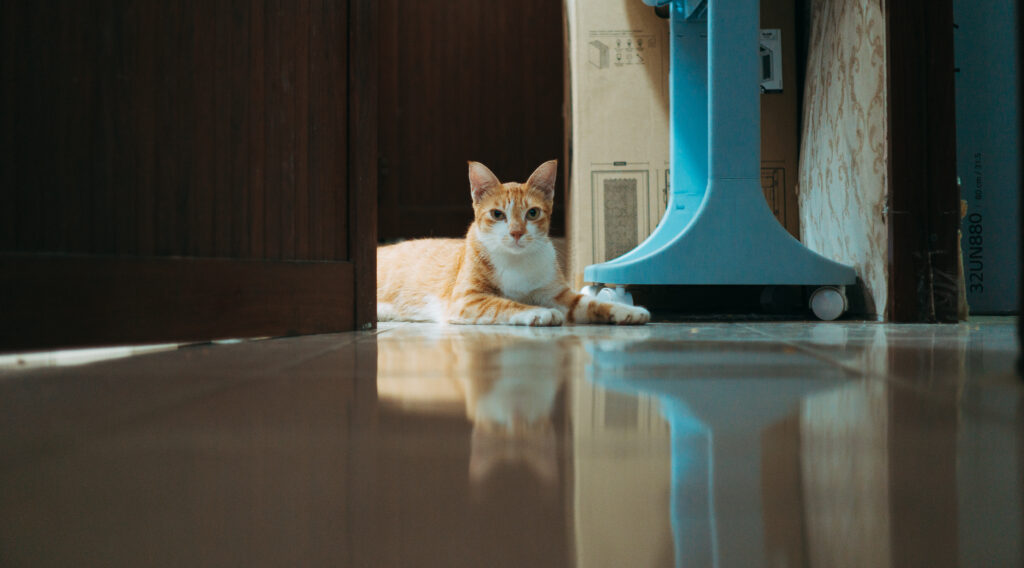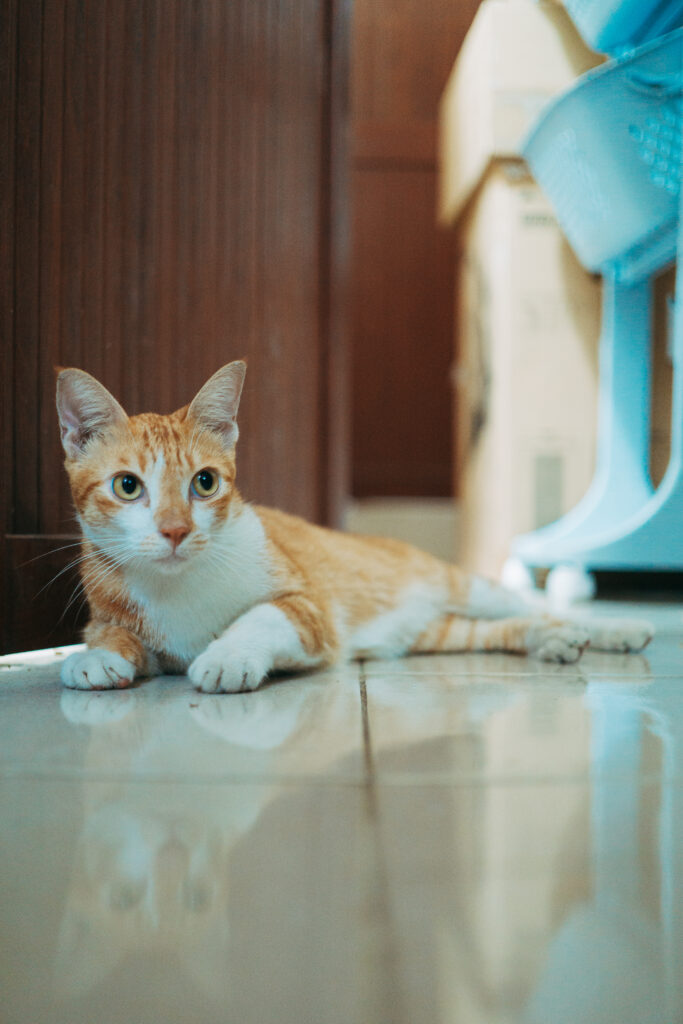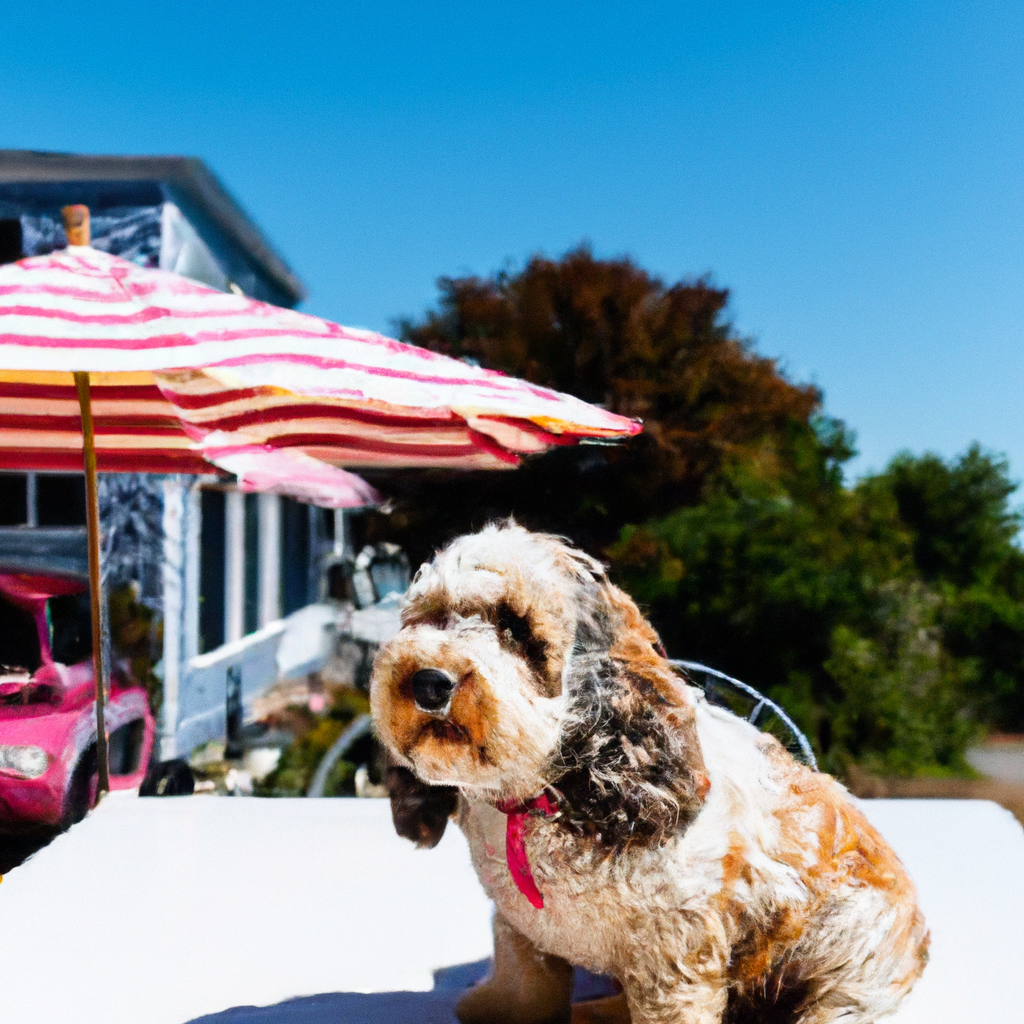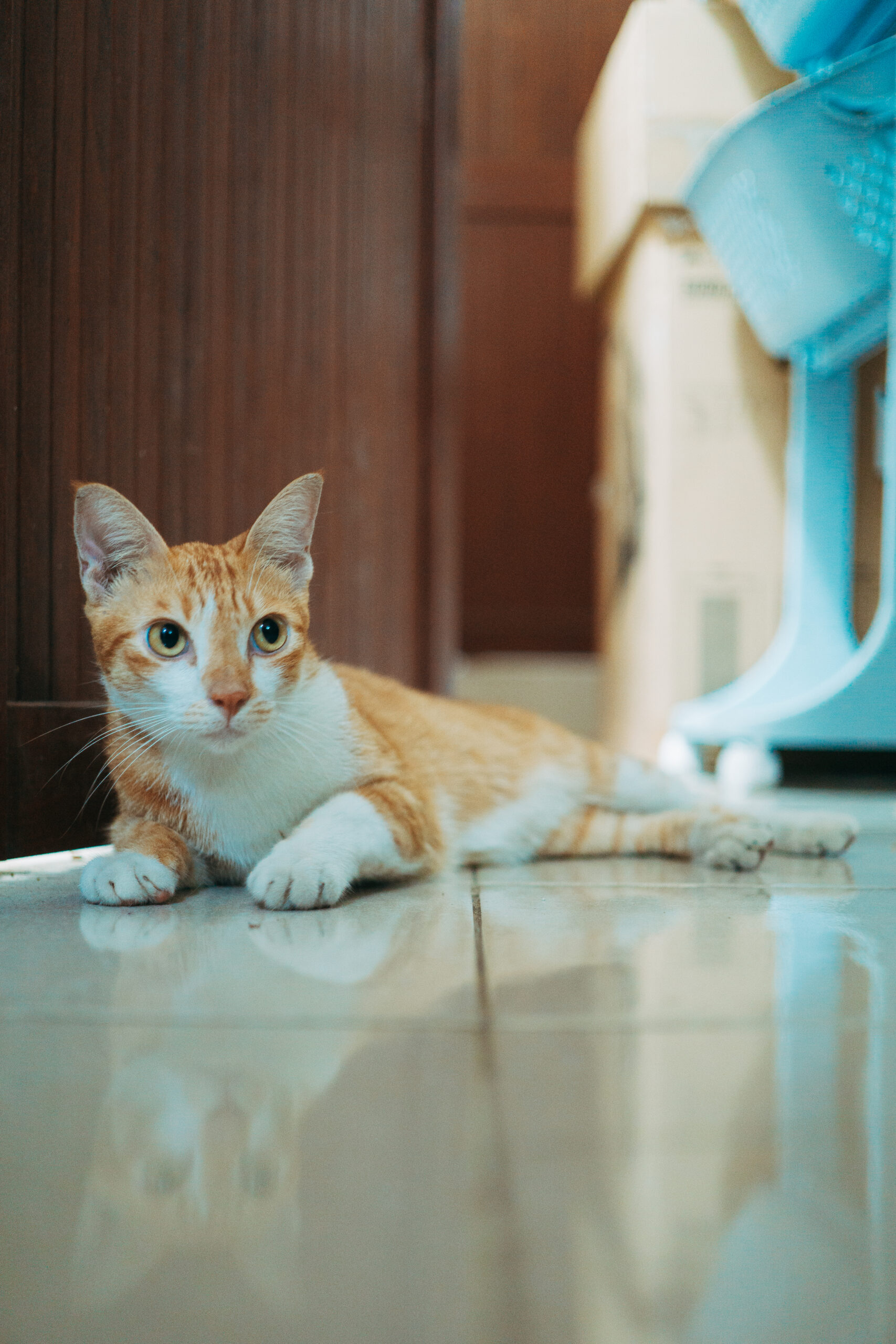Imagine being able to enjoy a delicious meal out with your furry best friend by your side. Pet friendly restaurants have become increasingly popular, providing a safe and welcoming haven for pet owners and their companions. But have you ever wondered how these charming establishments actually accommodate pets? From special menus to cozy outdoor seating areas, this article takes you through the ways in which pet friendly restaurants go above and beyond to ensure both you and your beloved pet have a delightful dining experience.

This image is property of images.pexels.com.
Outdoor Seating
Designated pet-friendly areas
Pet-friendly restaurants understand the importance of having designated outdoor areas where pets can comfortably accompany their owners. These areas are carefully designed to ensure that both pets and their human companions can enjoy their dining experience. These spaces are typically spacious and allow pets to move around freely while their owners dine, without interfering with other customers or staff.
Proper seating arrangements
In order to provide a comfortable and enjoyable experience for both pets and their owners, pet-friendly restaurants ensure that their outdoor seating arrangements are suitable for accommodating pets. They often include larger tables or seating options that can comfortably accommodate both humans and their furry friends. This ensures that pets have enough space to relax and move around while their owners dine.
Size restrictions for pets
While pet-friendly restaurants strive to accommodate all pets, it is important to maintain a safe and harmonious environment for everyone. Therefore, some establishments may have size restrictions for pets to avoid overcrowding or potential conflicts between animals. These size restrictions are usually determined based on the available space and the potential impact on other customers’ dining experiences.
Providing shade and protection
To protect pets from the elements, such as excessive sun exposure or rain, pet-friendly restaurants often provide shade and protection in their outdoor seating areas. This can be done through the use of umbrellas, awnings, or even designated covered areas specifically created for pets. By providing this additional protection, these restaurants ensure that pets can comfortably enjoy their time outside while their owners relax and dine.
Menu Options for Pets
Special pet-friendly menu
Pet-friendly restaurants take the well-being of pets seriously and recognize that they deserve their own menu options. These menus are specially curated to offer delicious and nutritious meals specifically designed for pets. From tasty treats and flavorful entrees to refreshing beverages, the pet-friendly menu is created with the intention of providing a delightful dining experience for furry friends.
Healthy and safe food choices
Just like humans, pets have unique dietary needs, and pet-friendly restaurants take this into consideration when designing their menu options. These establishments prioritize offering healthy and safe food choices that take into account the nutritional requirements of pets. Ingredients used in their pet-friendly menu options are carefully selected to ensure quality and safety, avoiding any potential allergens or harmful substances.
Consideration for dietary restrictions
Pets, like humans, may have specific dietary restrictions or allergies that need to be considered. Pet-friendly restaurants understand the importance of catering to these specific needs and often offer a variety of options that accommodate various dietary restrictions. Whether it’s gluten-free, grain-free, or specific protein preferences, these establishments go the extra mile to ensure that pets can enjoy a meal that is both delicious and suitable for their dietary needs.
Fresh water availability
Just as it is essential for humans to stay hydrated while dining, pet-friendly restaurants prioritize the availability of fresh water for their furry patrons. Whether it’s through water bowls strategically placed throughout the outdoor seating area or providing easily accessible water stations, these establishments make sure that pets have constant access to clean and fresh water during their visit.
Pet Hygiene Facilities
Pet waste disposal stations
Maintaining cleanliness is crucial in any dining establishment, including pet-friendly restaurants. These establishments are equipped with pet waste disposal stations, conveniently located throughout the outdoor seating area. This ensures that pet owners can easily clean up after their pets, promoting a clean and sanitary environment for all customers. Disposable waste bags are typically provided, making it easy for pet owners to properly dispose of their pet’s waste.
Access to water for cleaning
To further support pet hygiene, pet-friendly restaurants provide access to water for cleaning purposes. This can be in the form of dedicated pet cleaning stations or even sinks where pet owners can rinse off their pet’s paws or other areas that may need cleaning. By offering this amenity, these establishments prioritize the cleanliness and comfort of both the pets and their owners.
Providing pet hygiene products
Pet-friendly restaurants understand that accidents happen and that pets may need additional hygiene assistance during their visit. To accommodate this, these establishments often provide pet hygiene products such as pet-friendly wipes or towels. Having these products readily available allows pet owners to quickly and effectively manage any hygiene-related situations, ensuring a clean and enjoyable experience for all.
Regular cleaning and sanitation
Maintaining a clean and sanitary environment is a top priority for pet-friendly restaurants. Regular cleaning and sanitation routines are implemented to ensure that the outdoor seating area remains tidy and hygienic. Tables, chairs, and other surfaces are regularly wiped down and disinfected, providing a clean and safe space for both pets and their owners to enjoy their dining experience.
Pet Safety Measures
Secure entrances and exits
Pet-friendly restaurants take precautions to ensure the safety of both pets and their owners, starting with secure entrances and exits. These establishments may have gate systems or other physical barriers in place to prevent pets from wandering off or potentially encountering any hazards outside of the restaurant. By providing a secured environment, pet-friendly restaurants give pet owners peace of mind, knowing that their pets can safely enjoy their time at the restaurant.
Leash or harness requirements
To maintain a controlled and safe environment, pet-friendly restaurants often have leash or harness requirements in place. This ensures that pets remain in close proximity to their owners and minimizes the chances of any incidents or conflicts with other animals or customers. By enforcing leash or harness requirements, these establishments promote responsible pet ownership and prioritize the safety and well-being of all guests.
Pet supervision guidelines
Understanding that pets behave differently in public spaces, pet-friendly restaurants may establish pet supervision guidelines to ensure a harmonious environment. These guidelines may include recommendations on keeping pets calm and under control, such as avoiding excessive barking or socializing with other pets without permission. By providing these guidelines, pet-friendly restaurants create an atmosphere that is enjoyable for both pets and other patrons.
Emergency protocols
In the event of an emergency or accident involving a pet, pet-friendly restaurants are prepared with emergency protocols. These protocols include trained staff who are knowledgeable about pet first aid and know how to react quickly and appropriately in urgent situations. Whether it’s contacting a veterinarian or providing immediate care, these establishments prioritize the safety and well-being of pets and have measures in place to handle emergencies effectively.

This image is property of images.pexels.com.
Staff Training and Awareness
Understanding pet behavior
To create a welcoming and safe environment, pet-friendly restaurants ensure that their staff members have a good understanding of pet behavior. This includes recognizing signs of distress, anxiety, or aggression in pets. By having this knowledge, the staff can better assist pet owners and respond appropriately to any potential issues that may arise during the dining experience.
Recognizing pet stress signals
Pets can experience stress in unfamiliar environments, and pet-friendly restaurants understand the importance of recognizing these stress signals. The staff is trained to identify signs of stress in pets, such as panting, trembling, or excessive vocalization. By being aware of these signals, the staff can take proactive steps to alleviate any potential stressors, ensuring a more comfortable and enjoyable experience for pets.
Providing basic pet care knowledge
Pet owners may have questions or concerns about their pets’ well-being during their visit to a pet-friendly restaurant. To address these concerns, the staff is equipped with basic pet care knowledge. This encompasses understanding basic pet needs, such as water, shade, or restroom breaks, as well as being familiar with common pet-friendly practices. By providing this knowledge, the staff can offer guidance and support to pet owners, ensuring that their pets have a pleasant experience.
Dealing with emergencies or accidents
In the event of emergencies or accidents involving pets, pet-friendly restaurants ensure that their staff members are trained to handle these situations effectively. This includes knowing when to seek medical attention, ensuring the safety of both pets and customers, and providing assistance to pet owners during stressful situations. By having well-trained staff members, these establishments prioritize the safety and well-being of all parties involved.
Pet-Friendly Atmosphere
Welcoming and accommodating ambiance
Pet-friendly restaurants strive to create a welcoming and accommodating ambiance for both pets and their owners. From the moment they walk in, pet owners should feel a sense of acceptance and inclusivity. This can be done through warm and friendly greetings from the staff, as well as thoughtful touches such as water bowls readily available upon arrival. By creating a welcoming atmosphere, these establishments ensure a positive experience for both pets and their owners.
Pet-themed decor and accessories
To enhance the pet-friendly atmosphere, some establishments incorporate pet-themed decor and accessories into their outdoor seating areas. This can include playful decorations, paw-printed signage, or even designated pet-friendly seating areas with adorable pet-themed cushions. These thoughtful touches help create a fun and engaging environment that pet owners and their furry companions can both appreciate.
Interaction opportunities for pets
Recognizing the social nature of pets, pet-friendly restaurants often provide interaction opportunities for pets. This can include designated play areas where pets can interact with other pets, or even pet-friendly events and activities hosted by the restaurant. By facilitating socialization and engagement, these establishments create an inclusive environment where pets can enjoy the company of other animals while their owners socialize and dine.
Other pet-friendly patrons
One of the advantages of going to a pet-friendly restaurant is the opportunity for pets to meet and interact with other pet-friendly patrons. These establishments attract like-minded individuals who appreciate the company of pets, creating a sense of community among pet owners. This can lead to the formation of new friendships and add to the overall enjoyment of the dining experience for both pets and their owners.

This image is property of images.pexels.com.
Reservation Policies
Pet-friendly policy communication
To ensure a smooth and pleasant experience for both pet owners and other customers, pet-friendly restaurants clearly communicate their pet-friendly policies. This can be done through their website, social media channels, or even signage displayed at the entrance of the restaurant. Transparent communication allows potential pet owners to be knowledgeable about the rules and expectations before making a reservation, ensuring a seamless experience for all parties involved.
Advance pet reservation options
To accommodate the needs of pet owners, some pet-friendly restaurants offer advance pet reservation options. This gives pet owners the opportunity to secure their spot and ensure that there is availability for their furry friends. Advance reservations allow the restaurant to effectively plan their seating arrangements, enhance their pet-friendly services, and provide a more personalized and tailored experience for both pets and their owners.
Limiting pet table availability
To strike a balance between accommodating pets and other customers, pet-friendly restaurants may limit pet table availability. This ensures that there are enough seating options for customers who prefer a pet-free dining experience. By setting aside a certain number of tables specifically designated for pets, these establishments can effectively manage the flow of customers and create an inclusive environment that considers the needs and preferences of everyone.
Consideration for pet allergies
Pet-friendly restaurants understand that not all customers may have the same level of comfort or tolerance for pets. As a result, these establishments take into consideration the potential presence of customers with pet allergies. By strategically positioning pet tables or having separate areas for pets, they create a balance that allows pet owners to bring their furry companions while also respecting the needs of those with allergies.
Legal Requirements
Local health and safety regulations
Pet-friendly restaurants ensure that they comply with local health and safety regulations to maintain a safe and hygienic environment for both pets and customers. This may include adhering to specific guidelines for outdoor seating, waste management practices, and cleanliness standards. By meeting these legal requirements, pet-friendly restaurants demonstrate their commitment to providing a safe and enjoyable experience for all guests.
Compliance with animal control laws
In addition to health and safety regulations, pet-friendly restaurants also comply with animal control laws. These laws vary by jurisdiction and may regulate aspects such as leash requirements, pet ownership permits, or vaccination documentation. By abiding by these laws, these establishments ensure that they operate in a responsible and lawful manner, prioritizing the well-being of both pets and other customers.
Liability waivers for pet owners
Pet-friendly restaurants may require pet owners to sign liability waivers to acknowledge responsibility for the behavior and actions of their pets. These waivers help protect the establishment from potential liabilities that may arise from any incidents involving pets. By having these waivers in place, pet-friendly restaurants create a mutual understanding between the establishment and the pet owner, ensuring a safe and secure environment for all.
Permits or licenses for pet-friendly establishments
To operate as a pet-friendly establishment, some jurisdictions may require pet-friendly restaurants to obtain specific permits or licenses. These permits or licenses may involve inspections, documentation of compliance with regulations, or additional fees. By obtaining these permits or licenses, pet-friendly restaurants demonstrate their commitment to being a responsible and legally compliant business, promoting trust and confidence among their customers.

Promotion and Marketing
Advertising pet-friendly status
Pet-friendly restaurants often actively promote and advertise their pet-friendly status. This can be done through various marketing channels, such as their website, social media platforms, or local advertising. Highlighting their pet-friendly amenities and services allows these establishments to attract pet owners who are actively seeking out places where they can comfortably dine with their pets.
Social media promotion
Social media platforms provide an effective avenue for pet-friendly restaurants to engage with their target audience and promote their pet-friendly services. These establishments may share photos and stories of happy pets enjoying their dining experiences, showcase their pet-friendly menu options, or even host online contests or giveaways specifically targeted towards pet owners. By leveraging the power of social media, pet-friendly restaurants can extend their reach and connect with a wider audience of pet owners.
Collaborations with pet-related businesses
To expand their network and reach, pet-friendly restaurants often collaborate with other pet-related businesses. This can include partnering with local pet stores, grooming salons, or even veterinary clinics. Collaborations can take the form of cross-promotions, joint events, or special discounts for customers who patronize both businesses. By forging these partnerships, pet-friendly restaurants position themselves as an integral part of the pet community, offering added value and convenience to pet owners.
Incentives for pet owners
To further incentivize pet owners to choose their establishment, pet-friendly restaurants may offer special incentives. This can include discounts, loyalty programs, or even exclusive perks for pet owners and their furry companions. By providing these incentives, these establishments not only attract repeat customers but also cultivate a sense of loyalty and appreciation among their pet-owning patrons.
Customer Feedback and Engagement
Soliciting pet owner feedback
Pet-friendly restaurants value the opinions and experiences of their customers, both human and furry. They actively solicit feedback from pet owners to gain insights into their needs, preferences, and areas for improvement. This can be done through comment cards, online surveys, or even direct conversations with customers. By actively seeking feedback, these establishments can continuously evolve and adapt to better serve their pet-owning clientele.
Incorporating customer suggestions
Listening to customer suggestions is a key component of delivering an exceptional dining experience. Pet-friendly restaurants take into consideration the suggestions and recommendations provided by pet owners and incorporate them into their operations. Whether it’s menu additions, improvements to the outdoor seating area, or enhancements to their pet-friendly policies, these establishments show their commitment to responsiveness and ensuring customer satisfaction.
Regularly updating pet policies
As the needs and expectations of pet owners evolve, pet-friendly restaurants understand the importance of regularly updating their pet policies. This can involve reviewing and revising guidelines, considering new pet-friendly amenities or services, or adjusting rules based on customer feedback and industry best practices. Through regular policy updates, these establishments demonstrate their dedication to staying current and providing the best possible experience for pets and their owners.
Encouraging pet owner community engagement
Pet-friendly restaurants understand the value of fostering a sense of community among pet owners. They actively encourage pet owner community engagement by organizing events, meetups, or even online forums where pet owners can connect and share their experiences. By facilitating these interactions, pet-friendly restaurants create a supportive network that strengthens the bond between pet owners and the establishment, resulting in long-lasting relationships and a loyal customer base.
In conclusion, pet-friendly restaurants go above and beyond to create a welcoming and enjoyable dining experience for both pets and their owners. From carefully designed outdoor seating areas to specially curated menus and pet hygiene facilities, these establishments prioritize the comfort and well-being of pets. Through staff training, legal compliance, and engaging marketing efforts, pet-friendly restaurants create an inclusive environment that considers the needs and preferences of all guests. By continuously seeking customer feedback and embracing community engagement, these establishments strive to exceed the expectations of pet owners, fostering a pet-friendly culture that celebrates the bond between humans and their beloved furry companions.



